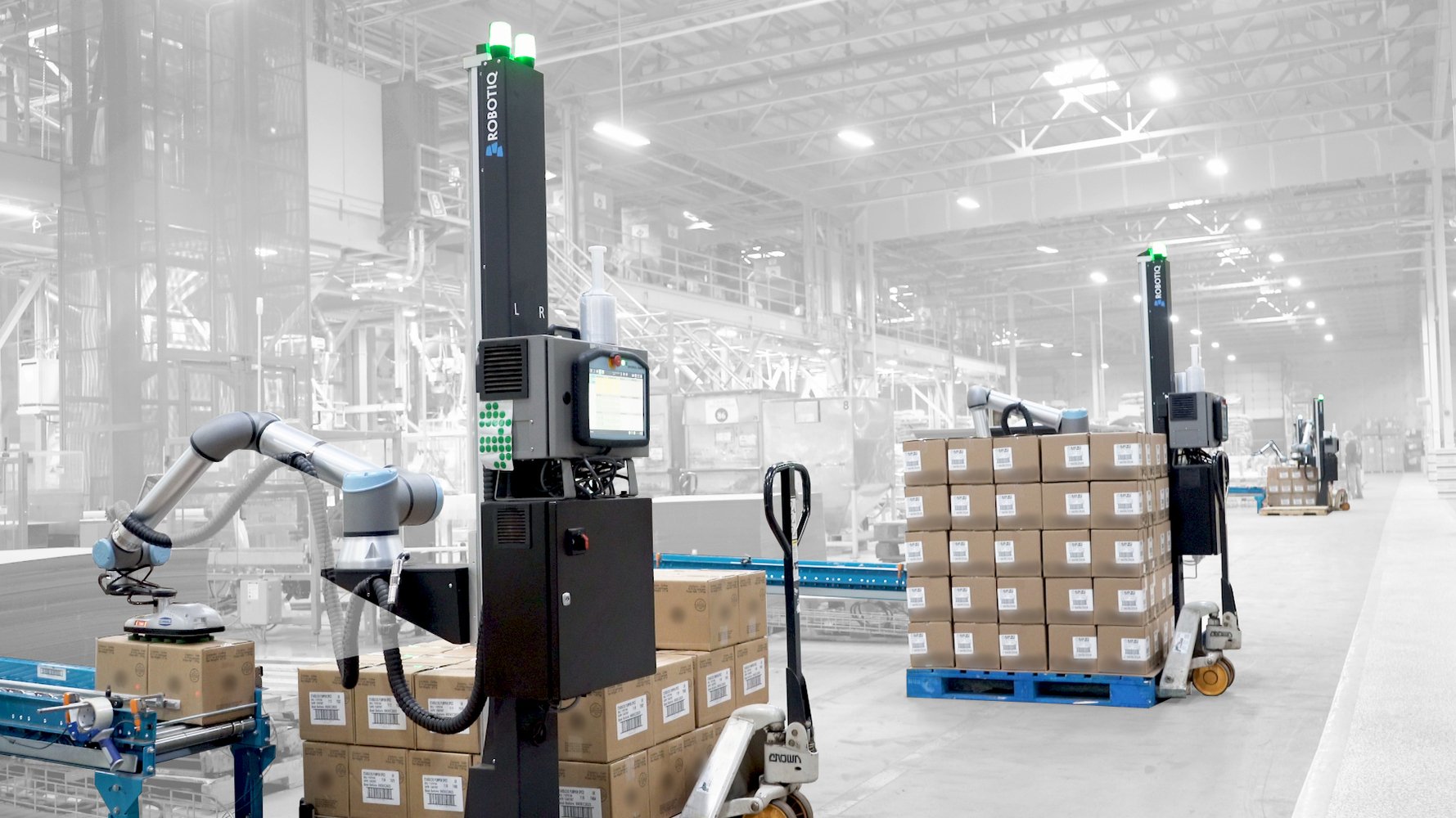Automate your Machine Tending Process Step by Step

Posted on Mar 05, 2018 in Automation
2 min read time
That machine tending is essential for any factory is out of question. For many years, companies have been using this method of loading and unloading of machine tools, albeit with a significant level of human resource involvement. In the Step-by-Step Guide for Machine Tending eBook, you will find how machine tending can be automated. This summary will look into all the four major parts of this eBook, namely:
1. Baselines
2. Automation data
3. Robotic cell design
4. Profitability
The above list is essentially all about what automated machine tending is. The first step is about setting baselines for the project. This eBook explains that there are four types of baselines: general baselines, process baselines, part baselines and CNC machine baselines. Going through these categorizations helps in defining and identifying all the factors needed for robotic cell implementation.
An important thing to note at this stage is the need to involve experienced managers and machinists in order to get the best shop floor input. As the eBook reiterates, these baselines chart the direction, whether or not to adopt a robotic Machine Tending cell.
In the next section, the focus is on automation. This is where the data already collected is set to be translated into an automated process. Here, the eBook looks at both part data and process data. It starts by specifically expounding on weight, size, material and fragile geometries as they appertain to process data. When it comes to process data, this eBook emphasizes on setups and loading time. Under this subsection, the aim is to analyze a process and determine the best ways to minimize time wastage.
When it comes to robotic cell design, the eBook brings several aspects into focus. Robot selection ($), Gripper Selection ($), Peripheral Devices ($) and Introducing the Robotic Cell are the three areas covered in this section. All these areas are followed by the dollar sign, meaning that emphasis is on the cost aspect.
The eBook notes that robotic cell division is largely about calculating the general cost of cell. In the first three subsections, the book guides on how to sift through the wide array of peripheral devices, robots and grippers. The last subsection is a little bit more diverse, touching on footprint, machine location, formation, risk assessment and general impact of cell.
Finally, profitability of the investment is discussed. The eBook highlights both starting investment and maintenance as important considerations at this stage. The importance of a thorough analysis of Return on Investment (ROI) is recommended here. The eBook suggests consideration of both savings/production enhancement and starting investment in making this decision.
In order to ensure accurate analysis, some suggested points of analysis are yearly throughput increase, number of shifts, operator cost, number of operators and yearly savings.
Investing in a robotic Machine Tending cell can bring numerous benefits to a workshop owner/manager. These steps make the seemingly complex automation process fathomable even to people who are not experts in this area per se.
Grab your own copy of the eBook get through the steps of integrating the solution. If you have already done so, kindly give us your feedback through a comment.

.jpeg?width=640&name=2F140-UR-Machine%20tending-18%20(1).jpeg)







Leave a comment